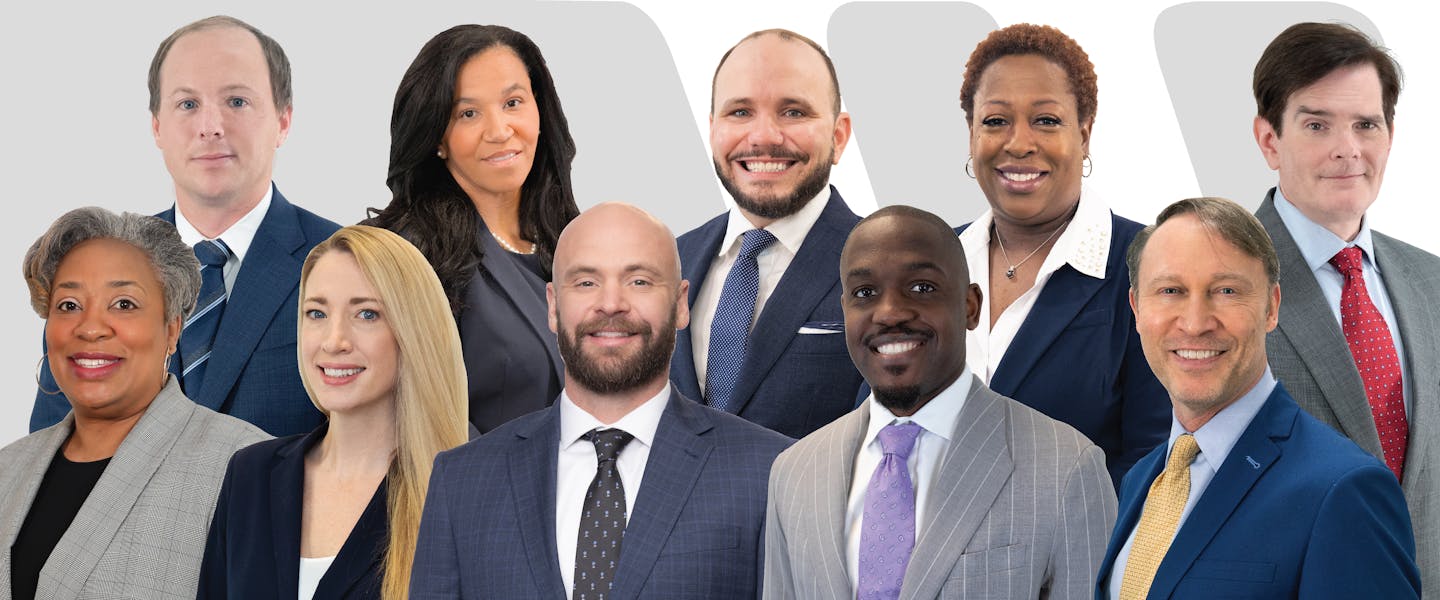Get a Free Consultation. No Fees Unless We Win. We're Here 24/7.
Injured in a Car or Truck Accident? Put Your Trust in Our Team of Lawyers.
Why Hire Us as Your Personal Injury Attorneys?
We’re Proven Experts.
Our attorneys not only have best-in-industry education and hands-on, car and truck wreck-related experience, we’ve got 20 years of proven success. You won’t find a better, more personal, more dedicated team of lawyers
We Put People First.
We help car and truck accident victims keep their lives running. Beyond full-service legal assistance, we offer access to top medical providers, assistance in securing medical appointments, and even provide transportation.
No Cost to You Unless We Win.
There are no legal costs or fees to you unless we win a personal injury settlement for you. Our contingency-fee payment structure is our promise, commitment, and passion.
Our Accident Attorneys Fight to Get the Settlement You Deserve.
For 20 Years, Our Lawyers Have Delivered Thousands of Accident Settlements in Dallas, Fort Worth, Atlanta. and Chicago.
(All amounts are net dollars to client)
The defendant, driving an 18-wheeler, was driving 65 mph in rain and sleet with his cruise control on when he hit a disabled vehicle. Our client’s teenage daughter was a passenger in that disabled vehicle. Tragically, the impact killed this young, promising college student. The law requires truck drivers to reduce their speed in adverse weather, and industry standards make clear that commercial drivers should not use cruise control in adverse weather.
Client was traveling in a construction zone southbound on US 75 in McKinney when traffic came to a stop. An 18-wheeler driver from a national transportation company was not paying attention and struck multiple cars causing severe injuries. Our client had shoulder surgery along with back and neck injuries as a result of the wreck. The truck driver had drugs in his system and frequently transported drugs in his truck to others in the terminal.
A family of three was driving alongside a truck when the defendant truck driver makes a right turn from the middle lane, causing injuries to all passengers in the vehicle.
Client was driving on a residential street when a delivery vehicle company vehicle pulled out from the wrong side of the road and struck the client. Client had multiple injuries and neck surgery as a result.
Expertise Matters
The latest news and settlements from Witherite Law Group

North Texas drivers express concerns over self-driving 18-wheelers

Spectrum News reports School Bus safety concerns due to funding and absence of seat belts with commentary from Attorney Amy Witherite.

Major Easter giveaway ensures holiday meals for Chicago families.
A significant Easter giveaway event unfolded Friday on Chicago’s South Side, as a local law group distributed a thousand hams and food boxes to families.

Witherite Law Group treats 500 families to Easter dinner.
Five hundred families received $100 Honey Baked Ham gift card to purchase Easter dinner, thanks to Witherite Law Group, 1-800-Truckwreck, and Dallas radio station K104-FM.








